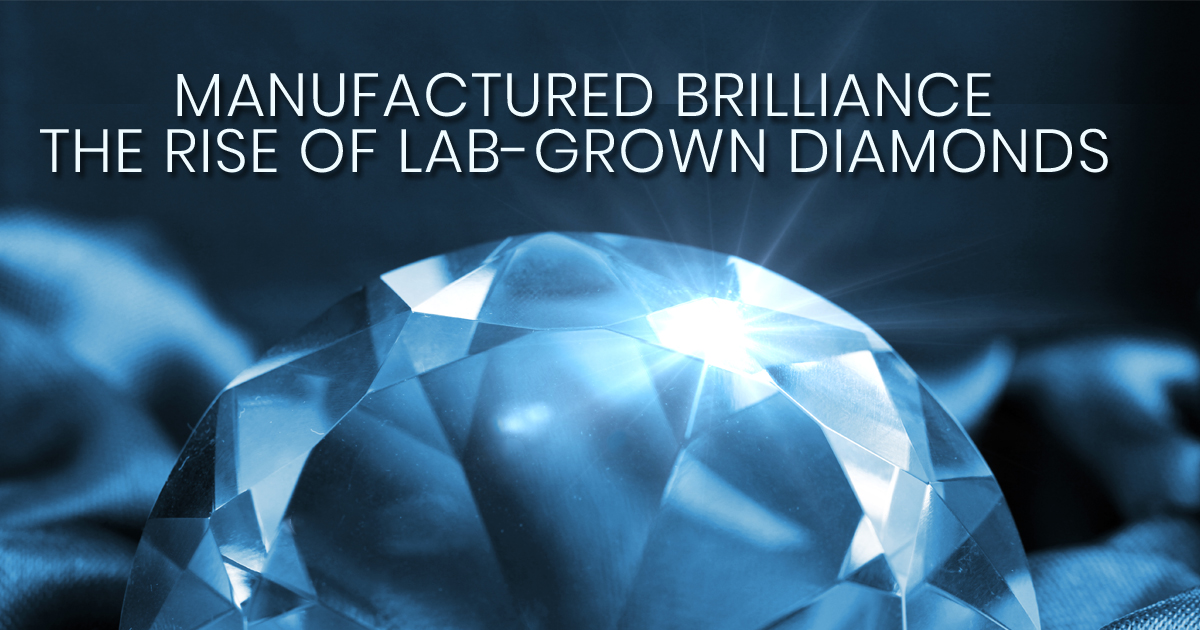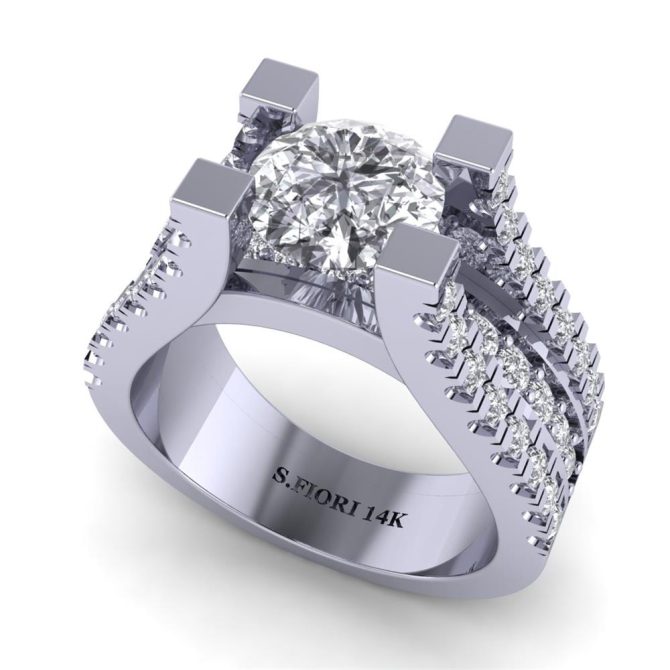Lab-grown diamonds are quickly becoming a popular alternative to natural diamonds in the jewelry industry. As technology advances and becomes more accessible, lab-grown diamonds are becoming attractive options due to their ethical production and cheaper price tag. This article examines the process of creating lab-grown diamonds and explores benefits offered compared to traditionally mined diamonds.

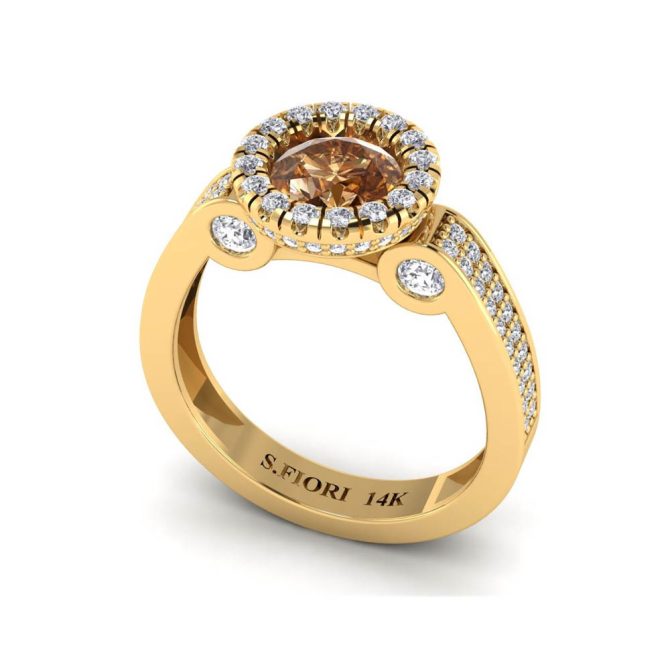
What are Lab-Grown Diamonds?
Lab-grown diamonds, also known as synthetic diamonds or cultured diamonds, are man-made gems that have the same physical and chemical properties as natural diamonds. These gems are grown in a laboratory setting using advanced technological processes and equipment that mimic the conditions under which natural diamonds form deep within the earth’s mantle.
One of the main benefits of lab-grown diamonds is their ethical and environmental sustainability. Unlike natural diamonds, which can be associated with unethical mining practices and potential harm to indigenous communities, lab-grown diamonds have a much lower environmental impact since they do not involve any mining or excavation.
Additionally, because lab-grown diamonds can be produced on demand without relying on unpredictable mining conditions, they tend to be less expensive than natural ones. Another advantage of lab-grown diamonds is their consistency in both quality and size.

The “above-ground” process of recreating diamonds.
Environmental conditions in the depths of the earth create diamonds there. Since the 1950s, scientists have been working to replicate that scenario chemically, resulting in the below two techniques.
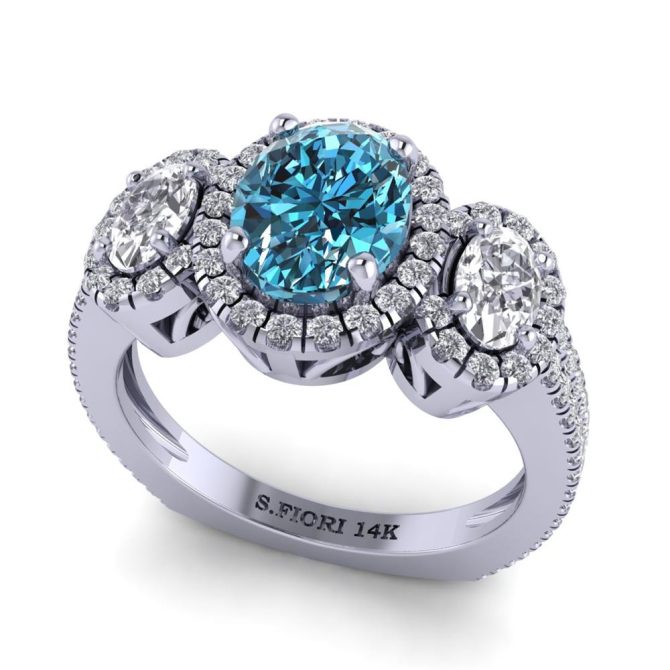
High-Pressure High Temperature (HPHT)
High-Pressure High Temperature (HPHT) systems are becoming increasingly popular in the diamond industry as a way to create lab-grown diamonds. These synthetic diamonds are identical to natural diamonds, with the same chemical properties and physical structure, but are created in a laboratory environment.
The HPHT system works by simulating the high-pressure and high-temperature conditions that exist deep within the Earth’s mantle where natural diamonds form. The process begins with a small diamond seed crystal placed in a chamber containing carbon-rich gas. The chamber is then subjected to intense pressure and heat, up to 1,500°C, and pressurized to approximately 1.5 million pounds per square inch in a chamber. It causes the carbon atoms in the gas to align themselves into diamond crystal structures around the seed crystal.

Chemical Vapor Deposition (CVD)
Chemical Vapor Deposition (CVD) is a process that has revolutionized the diamond industry, making it possible to grow diamonds in a lab rather than relying solely on mining. The process involves placing a tiny seed crystal into a sealed chamber filled with carbon-rich gas and heating it to around 800°C. It causes the gas to break down and deposit carbon atoms onto the seed, slowly building up its structure over time.
One of the main advantages of lab-grown diamonds produced using CVD is their purity. Unlike mined diamonds, they are free from any impurities or blemishes that may be present in natural stones. Additionally, since they are grown in controlled environments, it is possible to produce them in larger sizes and shapes than nature would allow.
The growing demand for sustainable and ethical alternatives to traditional mining practices has also led to an increased interest in CVD diamonds.
The rising popularity of lab-grown diamonds.
Lab-grown diamonds are becoming increasingly popular among consumers who want to purchase high-quality diamonds at a lower price. A one-carat diamond made in a lab would be around 20% cheaper than its naturally-formed equivalent, making it an attractive option for those looking for an affordable yet stunning piece of jewelry.
While lab-grown diamonds have been around for decades, they have recently gained popularity as advancements in technology have allowed them to be produced with the same quality and characteristics as natural diamonds. Many consumers cannot tell the difference between a lab-grown diamond and a natural one without specialized equipment!

Lab-grown Diamonds: The Future of Fine Jewelry?
The future of fine jewelry is fast evolving and lab-grown diamonds are playing a pivotal role. With their affordable price and ethical and sustainable production, lab-grown diamonds are likely to dominate the diamond market in the coming years.
As the quality of lab-grown diamonds continues to improve, traditional jewelry retailers like DeBeers are increasingly adding them to their collections. The emergence of online marketplaces like The Future Rocks also suggests that lab-grown diamonds are here to stay.
With growing consumer demand for ethical and sustainable options, lab-grown diamonds are steadily gaining traction among millennials and other target customers. As the demand for affordable and sustainable diamonds grows, lab-grown diamonds will arguably play an increasingly significant role in the future of the fine jewelry industry.
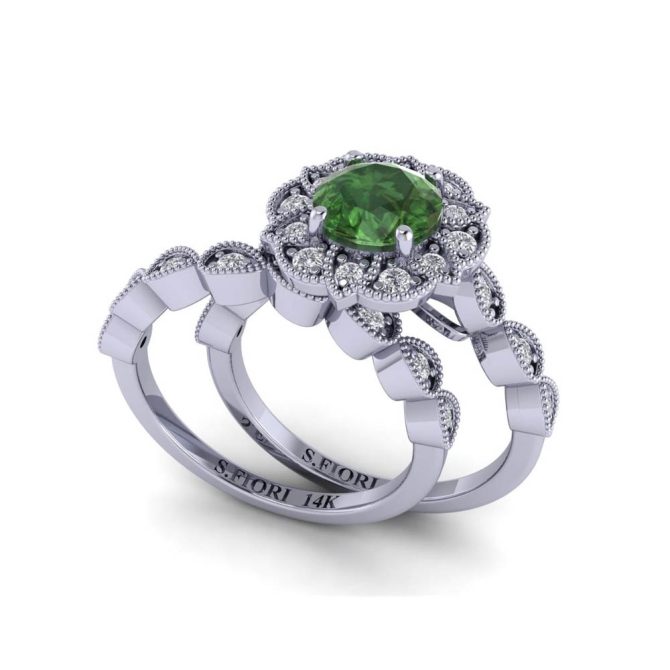
A peep into the revolution underway in India’s diamond industry.
India has a rich history in the diamond industry, with an estimated nine out of ten of the world’s diamonds being polished in Surat-Gujarat. Now, with the rise in the popularity of lab-grown diamonds, the Indian government is positioning the country to become a key player in this sector. In recent years, India’s exports of polished lab-grown diamonds have skyrocketed.
India has witnessed a sharp increase in lab-grown diamond exports. With continued growth expected in the lab-grown diamond market, India’s focus on this sector could lead to significant economic benefits for the country.
India is one of the largest producers of lab-grown diamonds in the world, accounting for around three million diamonds each year, which represents approximately 15% of global production. China is another significant producer, with a similar market share.
Lab-grown diamonds to revolutionize the jewelry industry.
As lab-grown diamonds become increasingly affordable, accessible, and socially accepted, consumers will make more informed decisions about purchasing diamonds, which will benefit both individuals and the industry at large. While improvements still need to be made in terms of production efficiency and cost-effectiveness, gem-quality lab diamonds are making steady progress toward becoming an attractive alternative to mined diamonds.
Connecting with us is easy:
Email us at support@SophiaFiori.com or call us from 9:00 a.m. to 5:00 p.m. PST, Monday to Friday at +1-626-609-7607.

